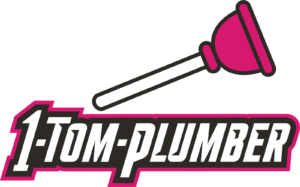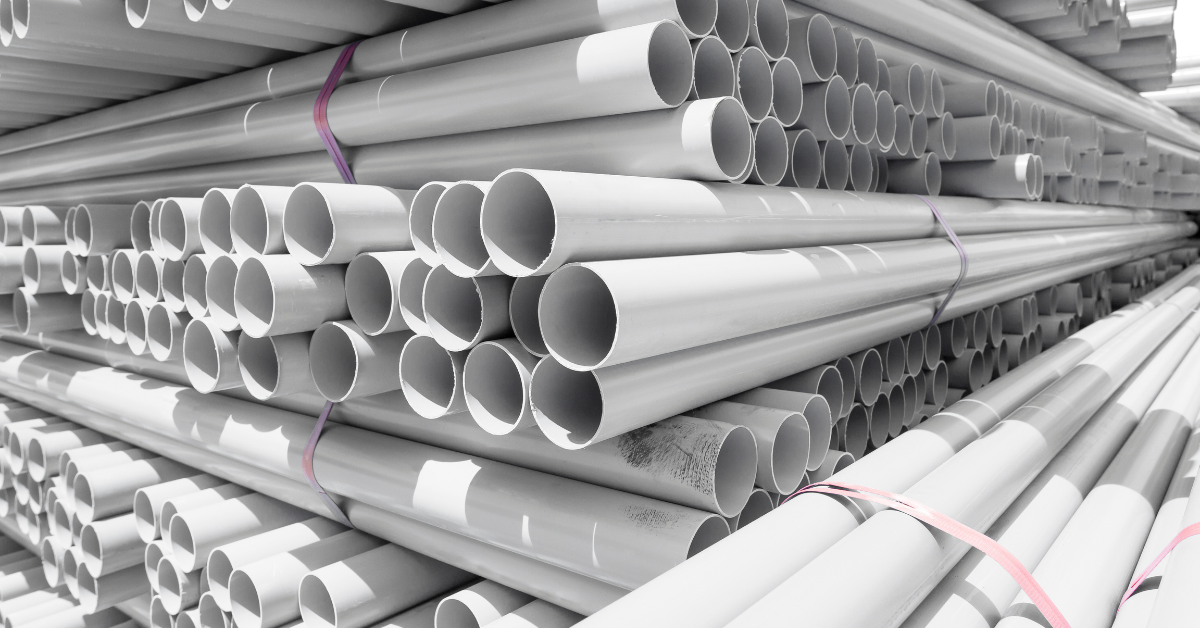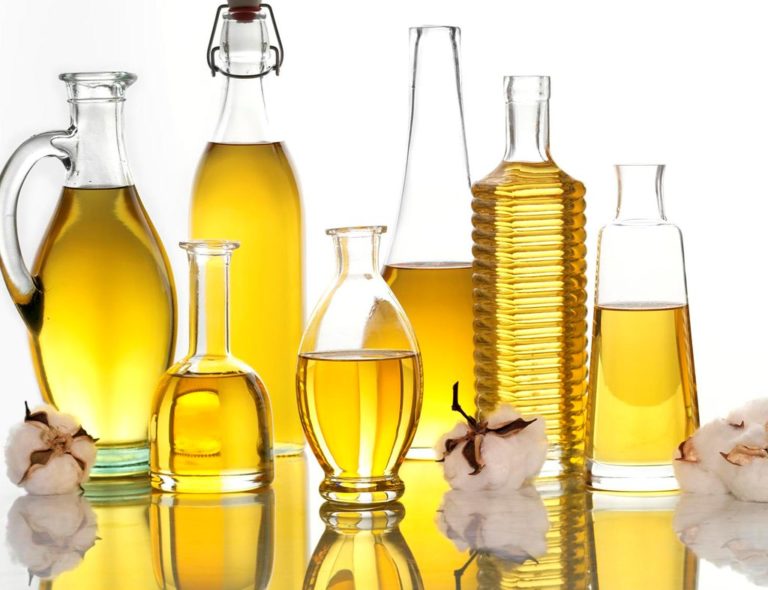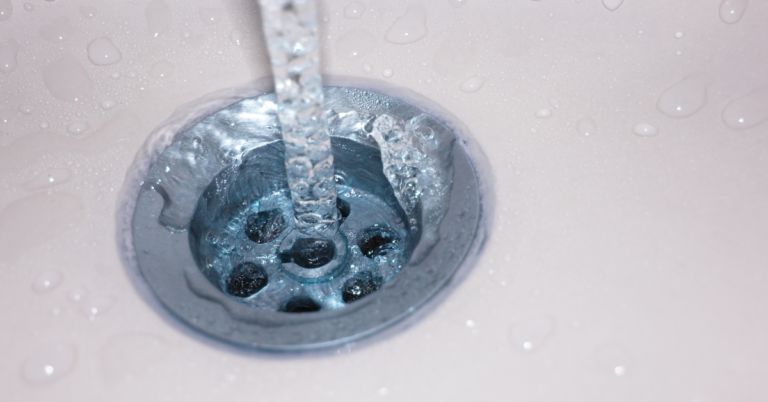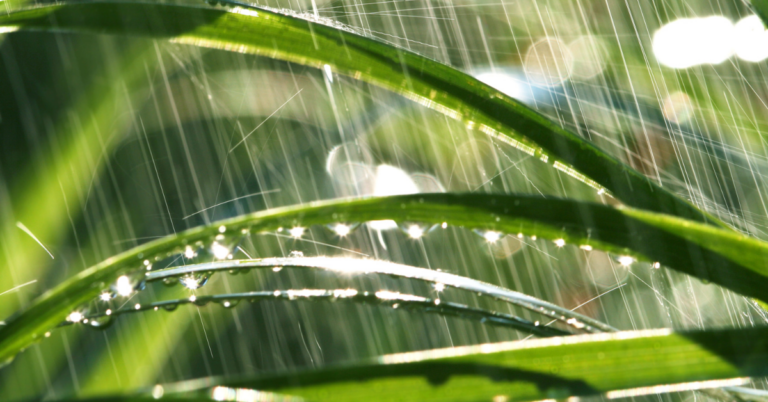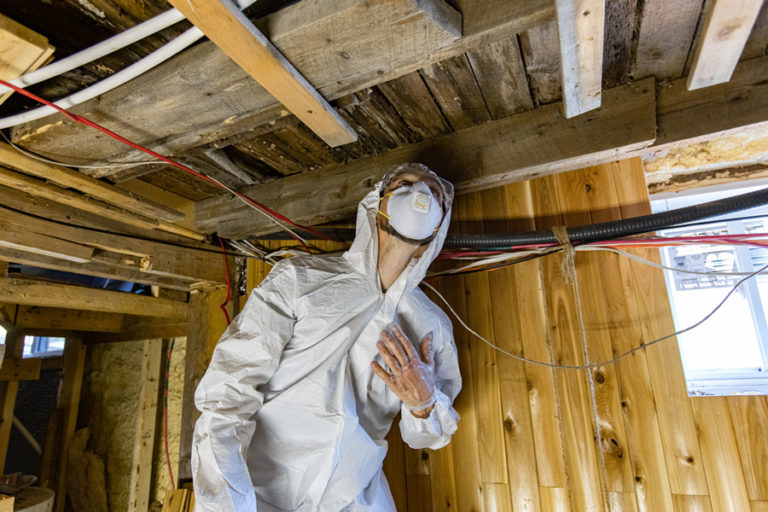A Comprehensive Guide to CPVC and PVC Pipes
PVC is a very commonly heard material, and so is PVC’s cousin CPVC. While you may have heard of both, and maybe even used the names interchangeably. While they both have some similarities, they have some key differences that make it imperative to know which one you need.
Uses for PVC and CPVC
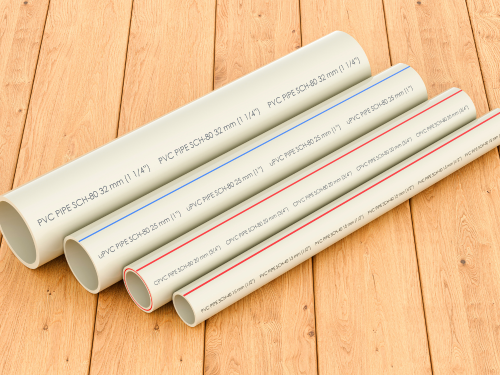
While CPVC and PVC are different and should not be used interchangeably or in the same pipeline, they do have some similar uses. They can be used to house underground wires, and a myriad of plumbing applications, as well as for HVAC work and DIY projects.
The “C” in CPVC

The main difference between CPVC and PVC is that CPVC has been changed by a chlorination reaction. As mentioned before, PVC stands for polyvinyl chloride and CPVC stands for chlorinated polyvinyl chloride. The extra chloride in the material gives it some more benefits than the traditional PVC.
Benefits of CPVC
CPVC’s main benefit is the temperature rating. CPVC is rated up to 200 degrees Fahrenheit, while PVC tops out at 140 degrees Fahrenheit. The benefit of this is that it can be used in situations where the temperature of the material passing through is higher. For example, CPVC can be used for water lines, both hot and cold.
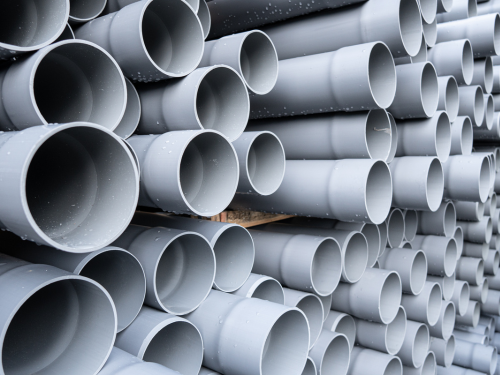
CPVC also has a higher pressure rating than PVC. CPVC has two different pressure ratings of 100 PSI at 180 degrees and 400 PSI at 73 degrees.
Characteristics of CPVC
Besides the temperature and pressure ratings, CPVC also comes in multiple size ranges. They can be in the nominal size range and the copper tubing size range. This means that there are a lot more options available depending on your needs.

CPVC has more flexibility than PVC, which means that it needs support at more frequent intervals. Which can be a hassle depending on where you are using the piping.
Due to their similarities in look and use, CPVC and PVC come in different colors. Typical CPVC comes in off-white, yellow, and sometimes gray. It is also important to look at the manufacturer’s markings on them before use. While PVC is usually white or dark gray. Along with that, they both come in bell and plain ends.
PVC
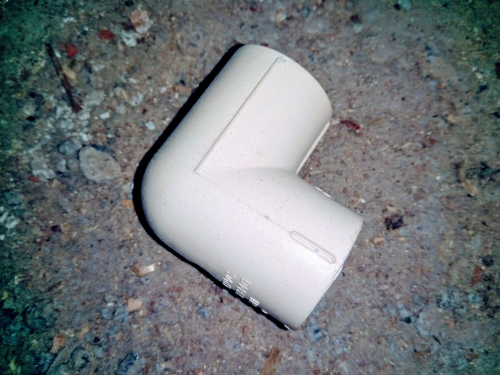
PVC, unlike CPVC, only comes in the nominal size ranges. You can purchase PVC in 10 ft and 20 ft pieces. The thickness of PVC comes in schedule 40 and 80, the schedule 40 also comes in 125 class fittings as well.
PVC, like CPVC, is resistant to corrosion and degradation from acid chemicals or inorganic materials. PVC is very durable and impact-resistant, meaning it should stand the test of time. Due to its durability, and inexpensive price tag, it is a commonly used piping material.
Final Thoughts
The differences between these two may seem small and inconsequential but they make huge impacts in whatever you are using them in. It is important to understand those key differences and similarities.
Call 1-Tom-Plumber
Don’t hesitate to contact us here or call us at 1-Tom-Plumber (1-866-758-6237) if you need a plumber. 1-Tom-Plumber’s certified team of plumbers and drain technicians respond immediately to any emergency plumbing, drain cleaning, or water damage problem. We also handle the excavation of underground water lines and sewer main lines. Our immediate-response team is available every day and night of the year, even on holidays.
